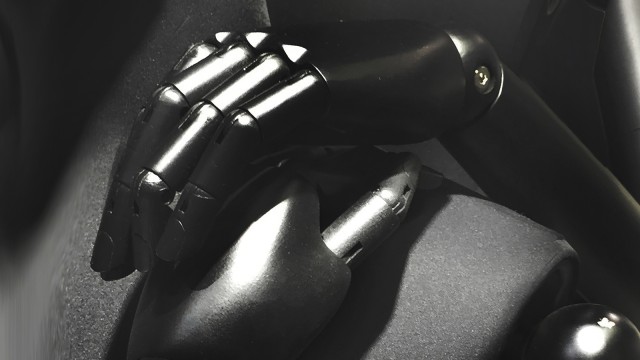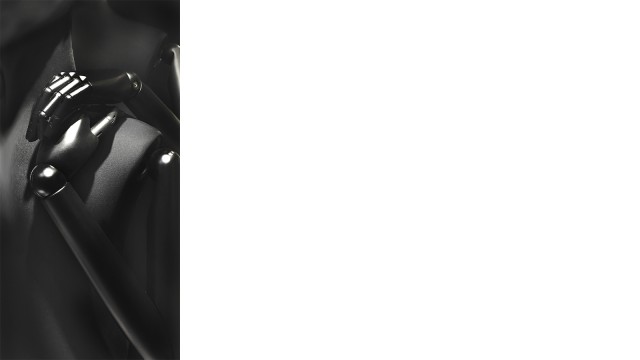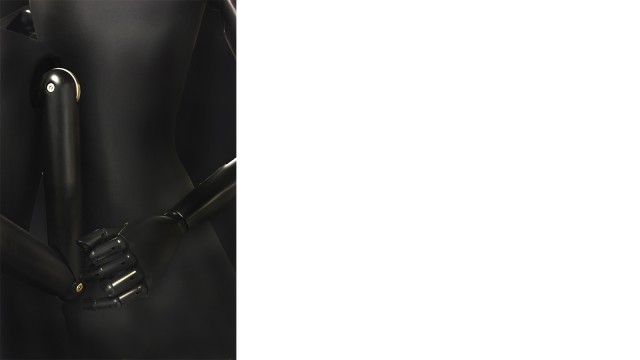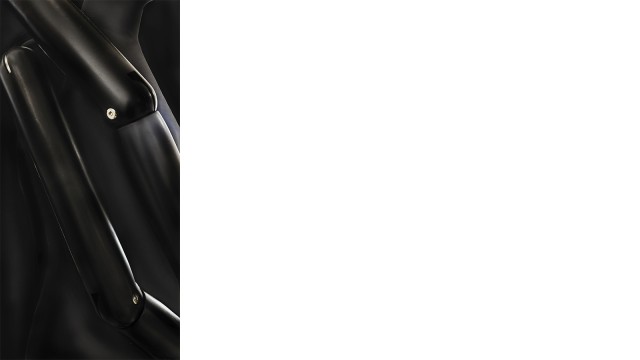
Spotlight
Louisa Clement was born Bonn in 1987 and also lives and works in the city. From 2007 to 2010 she studied painting and graphics under Leni Hoffmann at the State Academy of Fine Arts Karlsruhe. She graduated from the Düsseldorf Art Academy as a master student of Andreas Gursky in 2015 and was awarded the Bonn Art Prize in 2023.
If we take a look at Clement’s oeuvre, which includes both photography and sculpture, it quickly becomes clear that her interest lies in the human form, and above all its replicas—that is, the doll, its individual head, and its limbs. We encounter mannequins, as they are at home in shop windows around the world as carriers of goods, clothing, jewellery, and Eros, or now, too, as they have recently been given new applications in light of technological upgrading, via robotics, mixed reality (AR, VR), and artificial intelligence.
Clement’s work with modelled and artificial transformations of the body started with two photographic series: fracture (2014) and heads (2014–15). She focuses on bare limbs in the former and on abstracted heads from mannequins in the latter, photographic motifs that, technically edited, now float in front of monochrome backdrops and have thus taken on a weightless, in part ghostly presence.

Clement’s series Gliedermensch, from 2017, is a further milestone in the development of her oeuvre. The series of 27 photographs refers to a studio prop used since the Renaissance, the manichino, a schematized, wooden substitute figure used for movement and garment studies, which can still be found in nearly every artist’s supply shop today. Since its invention, the manichino has been held in varying esteem, so that, as in Heinrich von Kleist’s essay-tale “Über das Marionettentheater” (On the Marionette Theatre, 1810), it set a precedent: namely, regarding the question of what constitutes “natural grace” in one’s posture and movement and how it can be achieved, especially for actors and dancers on stage. The puppet on strings, the tale concludes, surpasses humans in grace and gracefulness in that it never puts on airs (!), that is, its soul will never be at any other point than at the centre of gravity of its movement. Thus, according to Kleist, it is the sole and supreme task of the perfect actor to trace the path of the soul, and he will succeed in this most purely when he “has either no consciousness [like the marionette] or an infinite consciousness [like God].” With Kleist’s text, from which Clement borrowed the line “The dancer’s path of the soul” for the title of the first exhibition of her Gliedermenschen, she also defined her artistic approach to manifesting the “jointed person” in her work as a being that is open to feeling, albeit without having its own consciousness.

The large-scale photographs show parts of black-lacquered mechanical dolls with shiny golden hinges. We can make out limbs, dark torsos, or arms that the figures hold wrapped around their bodies. The mechanical dolls appear to almost bashfully want to cover themselves; they always retain a certain elegance, a cool detachment, but also a shy, almost tender intimacy. Clement’s artistic approach and her resulting depictions, particularly of the female body, have been referred to elsewhere as having a “transhuman warmth”, which aptly describes the invariably ambivalent impression we get when encountering her works.

